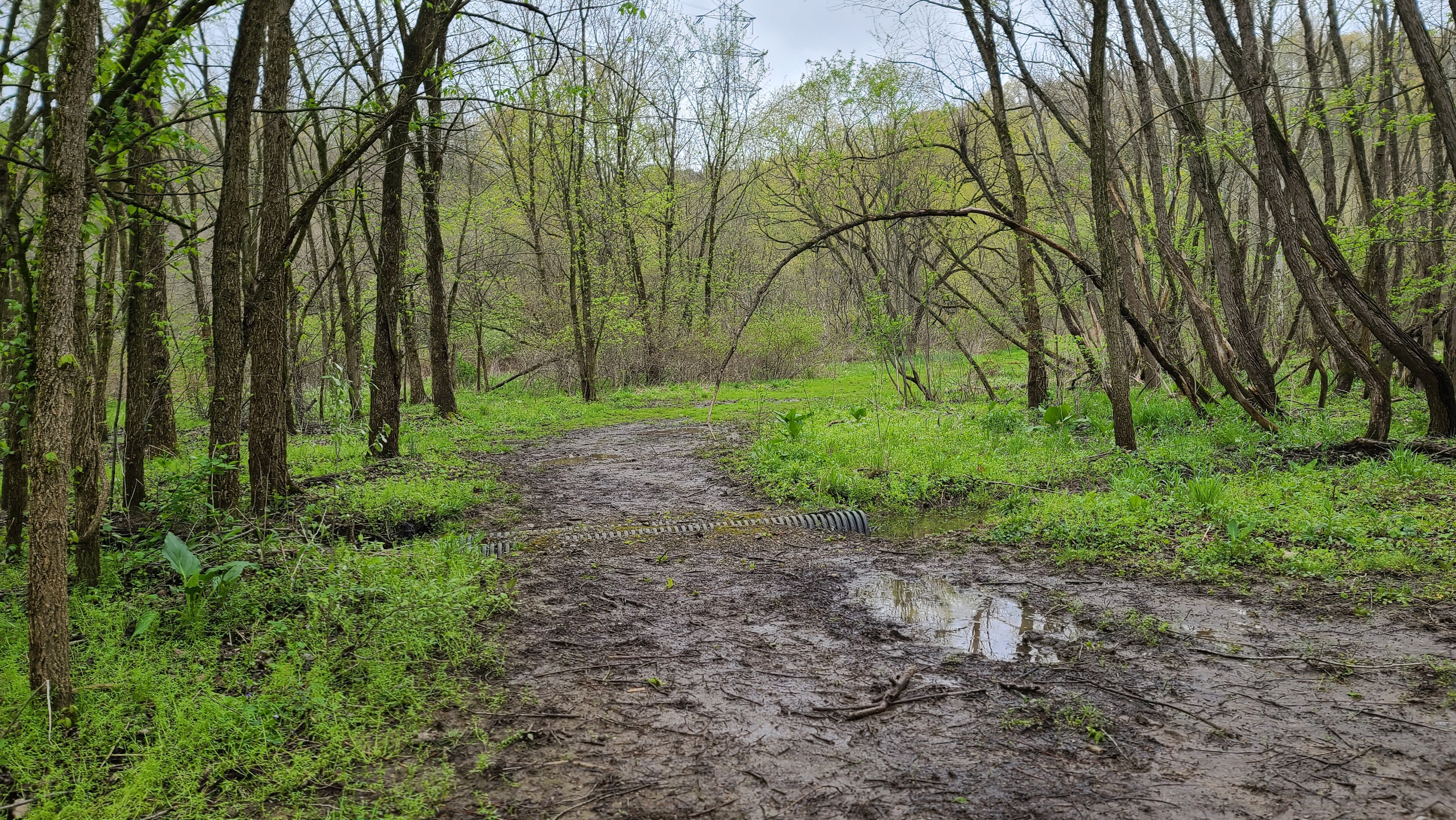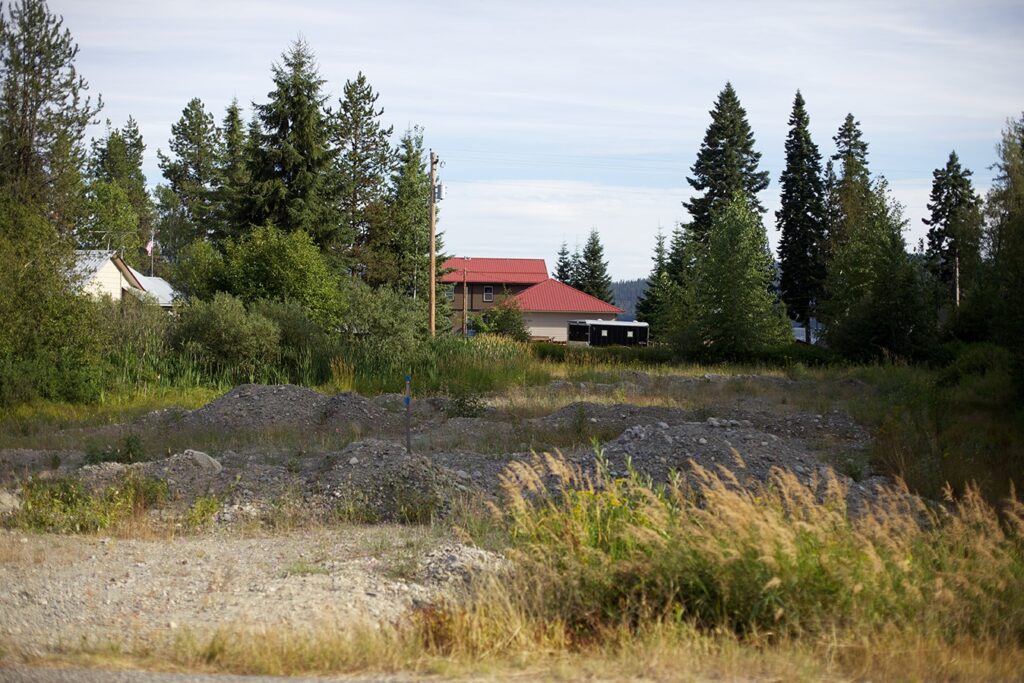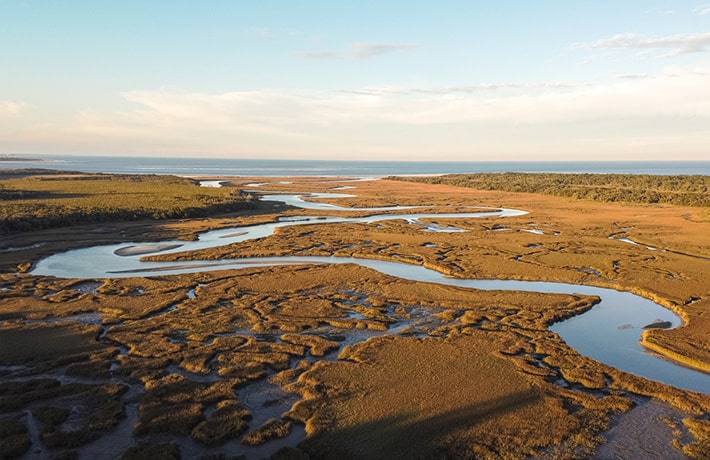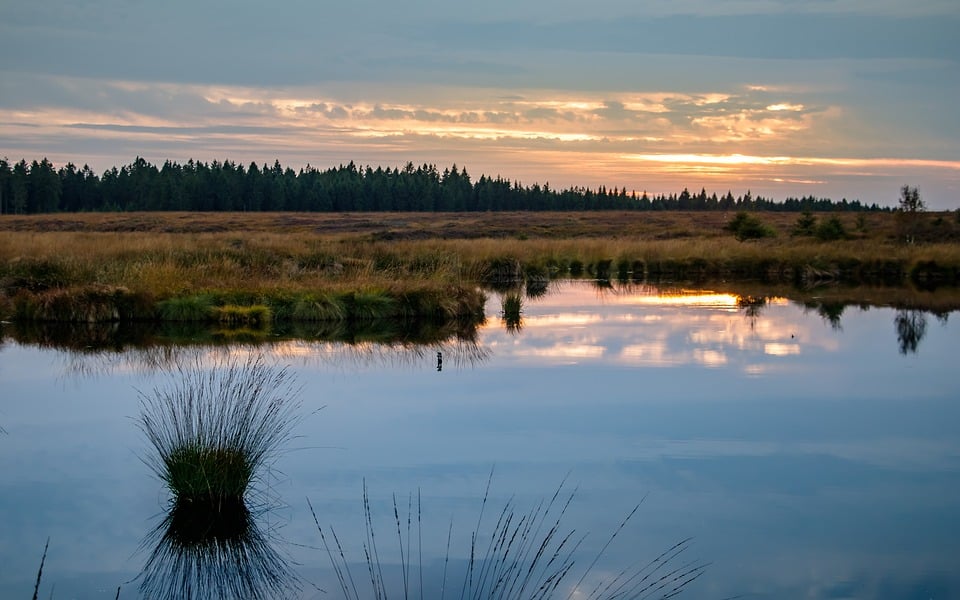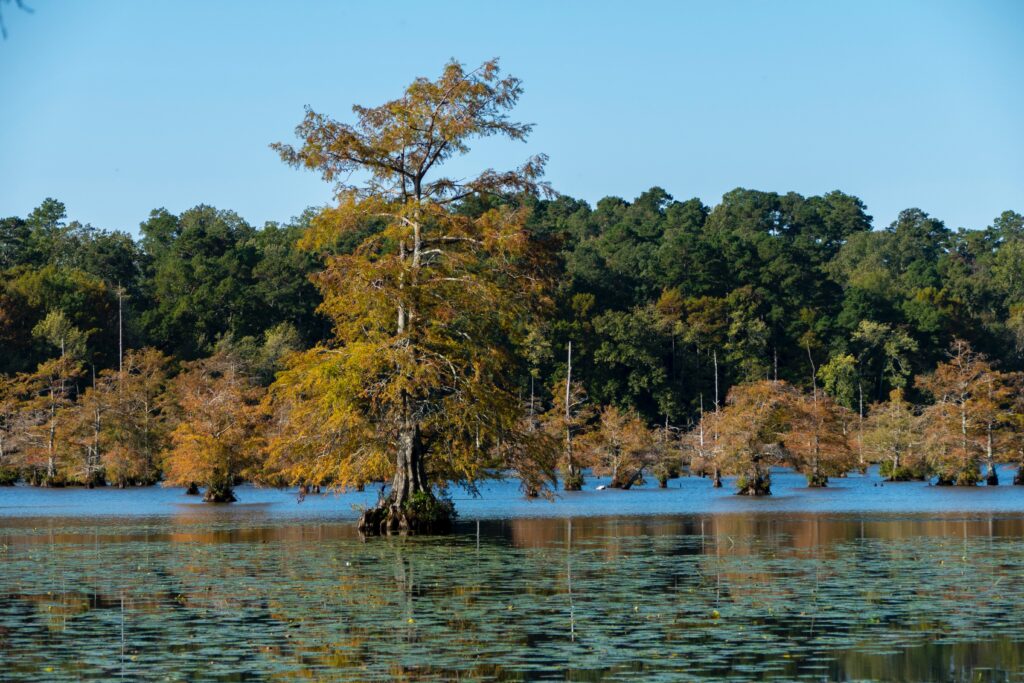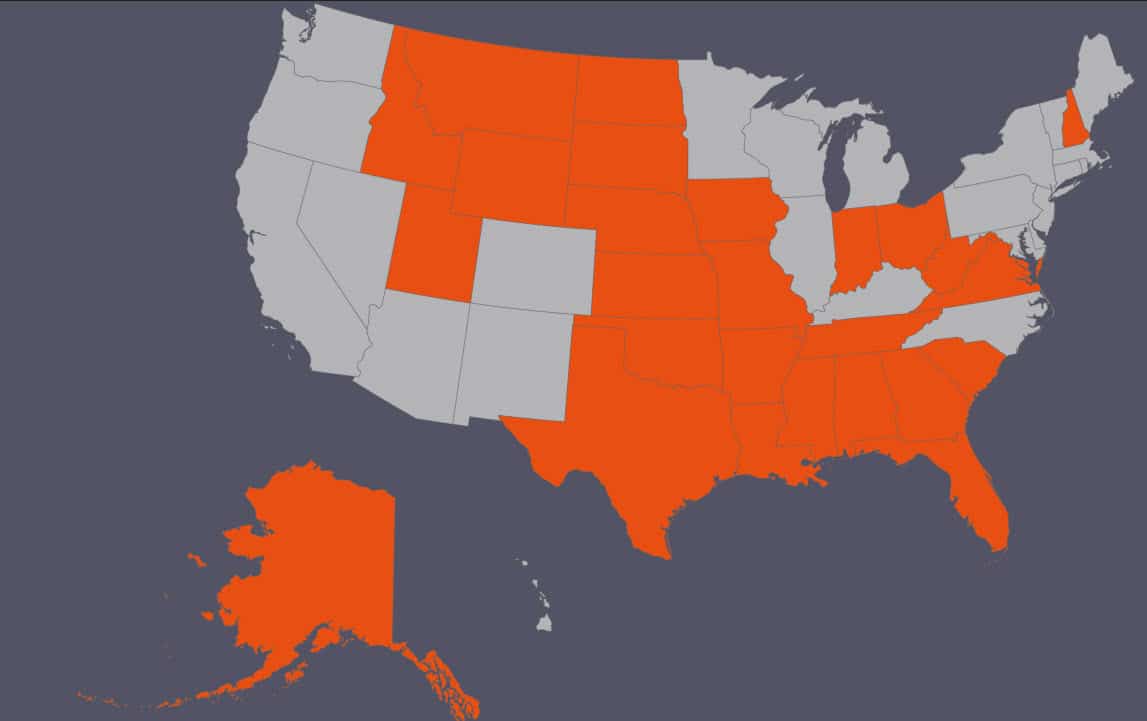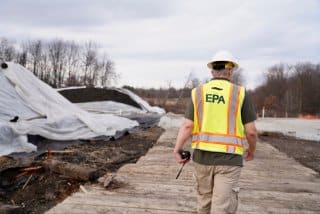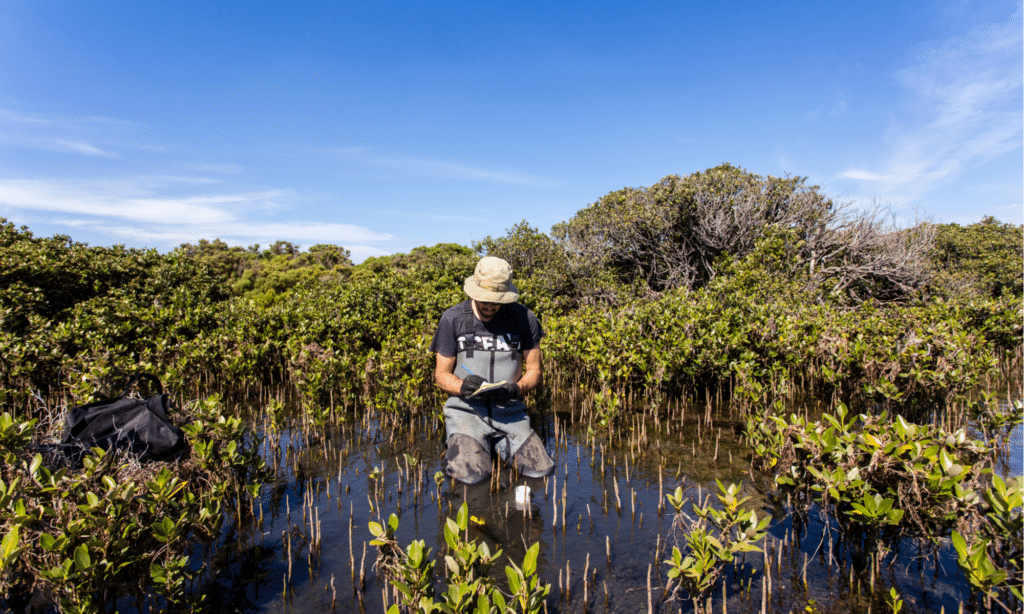
With recent graduates entering the professional world, I thought it might be helpful to offer some advice on entering the wetland job market. Several of our subscribers either work in a related wetland science field or are interested in wetland studies. If you know any recent graduates looking to start their wetland career, please pass this post on!
First, I want to congratulate you on your hard work. You are probably now wondering “What can I do to get a job?”
The answer is simple; you need “real world” training. No matter your field, you need to look at the required skill sets for a prospective job and get them now. This applies to all industries, not just wetland science.
I am sure the last thing you want to hear is that you need more schooling. Four years of college should be enough to get started. However, no matter what job you are looking at, your employer will require that you either get on-the-job training or attend a training workshop. More often than not, a college degree opens the door to a job, but it does not give you all of the required skills.
A simple example is found at your local supermarket. Generally, supermarkets have at least one week of employee training before they face the public. You could have an MBA but not know how to run the register or which aisle you can find peanut butter. Supermarkets have a treasure hunt for groceries as part of their training to learn the store layout. Add in the inventory reporting, human resource compliance, how to deal with U-scan, etc., and it can be quite a lot. None of which you are going to learn in college. Each new employee needs to undergo the training process, which takes time.
How does this translate to wetland science?
Right now, we are at the beginning of wetland delineation season. Employers need to increase their work crews for the busy season and hire new recruits for projects that have already started.
So, what can you do?
Get trained now! Enroll in an introductory wetland delineation class. Having a wetland delineation training certificate on your resume puts you ahead of other job seekers.
Why?
You can start working on billable work almost immediately. In addition, you have saved the company the tuition, any class-related travel expenses, and the most expensive aspect of training, non-billable hours. This can represent thousands of dollars the company does not have to spend. By going into the job interview with this training, you are the most cost-effective hire they will consider, and you can start making them money right away.
We at the Swamp School obviously have a stake in this, but we want to help you get a job. As part of our training program, we provide you with many job resources and are happy to discuss any job-seeking advice we can offer. Give us a call or start a chat if you need any help.

